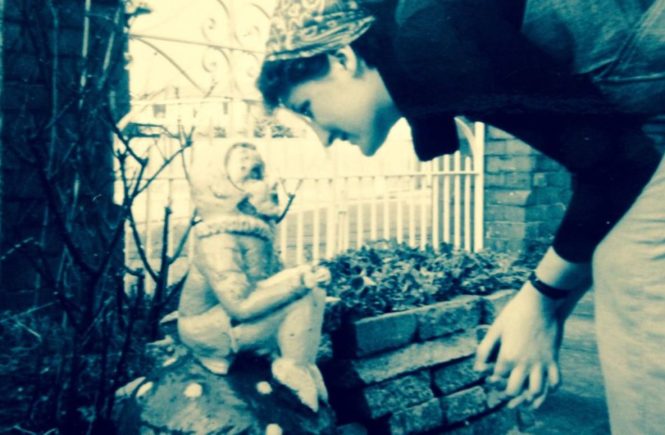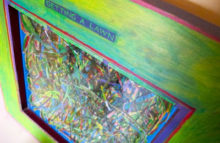I was led into the garden by gnomes. Not today’s horror movie refugees, but 1930s pixie-on-toadstool fantasies. I was eight, and they were in my grandmother’s garden in Rhyl, a North Wales seaside town.
Gran was a funny little lady, always in her pinny, hair in curlers, squinting into the smoke of a cigarette. But she sure could garden. Hers was a wonder of the English garden school; parrot tulips, peppery lupins, banks of lavender.
She composted relentlessly [Ed: not in a compost pile; thrown right into the garden], chuckin
g potato p
eels in with chop bones (well-picked), eggshells and mountains of tea leaves, washed down with dishwater and cold tea.
Gran’s garden won awards. This, despite her knowing none of the “proper” plant names. And despite the gnomes; brightly painted sentries who got a new coat every other year. Hers is the garden I’ve ridiculously tried to emulate beneath thirsty, unforgiving Toronto maples. Though, gno gnomes, for me.
Until now. And where else would I find such a creature in Toronto, but in the garden centre of Loblaw’s. He cost me $49.99, and almost cost my huband a hernia. The best thing about this particular gnome (other than the relative un-nastiness of his features) is that he’s unpainted, so blends in with the far-too-many other concret-ures living here and there in the tiny back yard. He’s now safely tucked into a dark leafy corner.
With luck, the Gnome Liberation Front will see that he’s unmolested here and will leave him in peace. The link below clues you in to the fate of other gnomes in Europe. Read it and weep.




